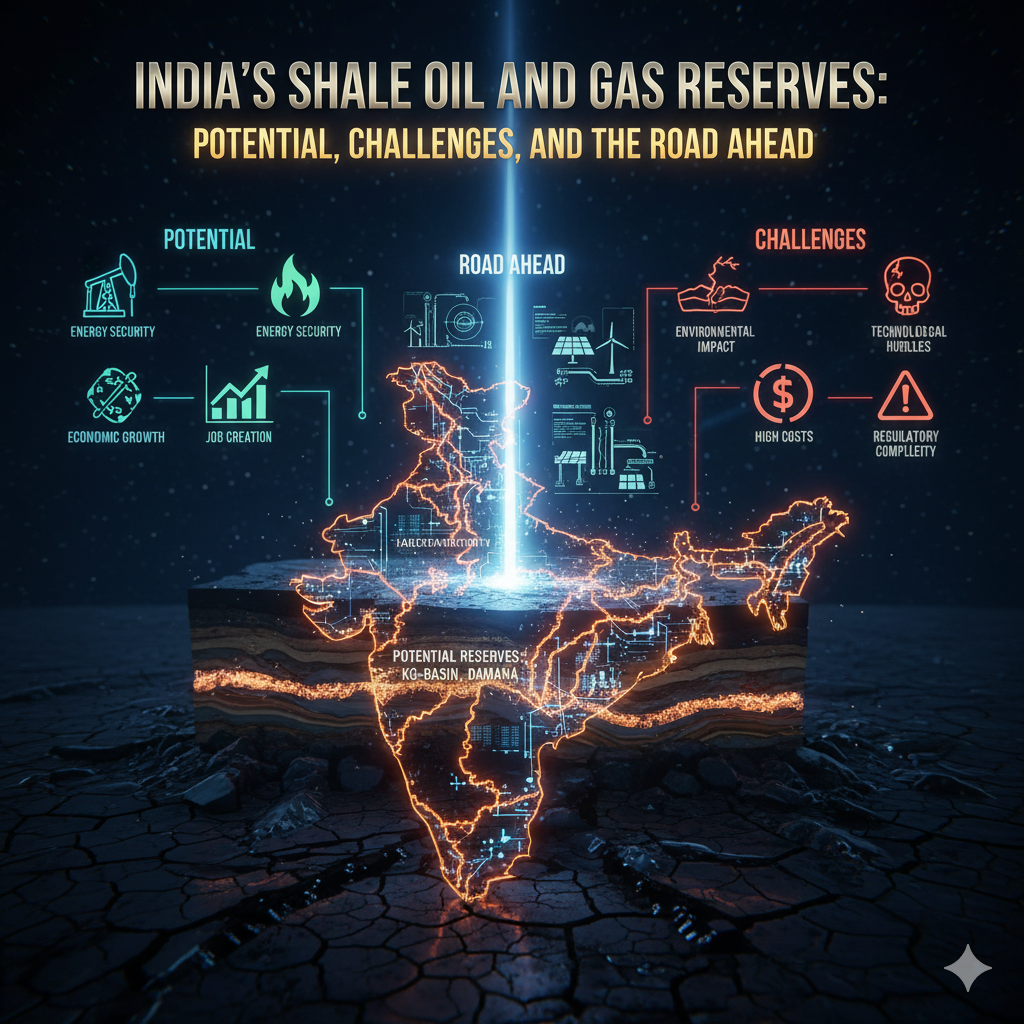Introduction
Agriculture is the lifeline of India — contributing about 18% to the country’s GDP and employing nearly 58% of the population. However, in recent decades, this vital sector has come under serious threat from climate change. With rising temperatures, irregular rainfall, shifting seasons, and frequent extreme weather events, India’s agricultural productivity, farmer income, and food security are at increasing risk.
This article explores the intricate relationship between climate change and Indian agriculture, providing insights into its causes, impacts, regional variations, and possible solutions to mitigate and adapt to the challenges it presents.
What is Climate Change?
Climate change refers to long-term shifts in temperature, weather patterns, and climatic conditions, largely due to human activities such as:
- Industrial pollution
- Deforestation
- Fossil fuel combustion
- Unsustainable agricultural practices
According to the Intergovernmental Panel on Climate Change (IPCC), the Earth’s surface has warmed by 1.1°C above pre-industrial levels, and India has warmed approximately 0.7°C between 1901 and 2018.
Indian Agriculture: Climate-Sensitive by Nature
Indian agriculture is heavily dependent on the monsoon. About 60% of India’s net sown area is rainfed. Even small variations in rainfall timing, intensity, or duration can cause significant damage.
Other reasons why agriculture is vulnerable include:
- Small landholdings (86% of Indian farmers are small or marginal)
- Low irrigation coverage
- Limited access to insurance or climate-resilient seeds
- Fragmented supply chains and poor infrastructure
How Climate Change Affects Indian Agriculture
Let’s break down the specific ways climate change is already impacting agriculture in India:
1. Rising Temperatures
- Reduced crop yield: Every 1°C increase above the optimal temperature can reduce yields of rice, wheat, and maize by 10–25%.
- Heat stress on livestock: Leads to lower milk yields and increased disease.
- Accelerated crop maturation: Results in lower biomass and less grain formation.
2. Unpredictable Rainfall and Monsoons
- Delayed or erratic monsoons: Impacts sowing schedules, especially for kharif crops like rice and pulses.
- Flooding and waterlogging: Damages root systems and leads to fungal diseases.
- Droughts and dry spells: Severely affects states like Maharashtra, Rajasthan, and Karnataka.
3. More Frequent Extreme Weather Events
- Cyclones and storms: Destroy coastal farmland and disrupt supply chains.
- Hailstorms and unseasonal rains: Damage standing crops and post-harvest output.
- Cold and heat waves: Especially damaging for crops like mustard and wheat.
4. Soil Degradation
- Erosion and desertification: Climate-induced heavy rains or long dry spells accelerate soil loss.
- Salinization: Rising sea levels in coastal states like Gujarat and Tamil Nadu lead to salinization of groundwater.
5. Pest and Disease Outbreaks
- Warmer temperatures support the spread of new pests and pathogens, e.g., the Fall Armyworm, now a major threat to maize.
- Higher humidity promotes fungal diseases, particularly in rice and vegetables.
Regional Impacts Across India
Climate change doesn’t affect all regions equally. Here’s a regional overview:
🌾 North India (Punjab, Haryana, UP)
- Reduced wheat yields due to rising temperatures
- Late winter rains damaging Rabi crops
- Groundwater depletion worsened by changing rainfall
🌾 West India (Maharashtra, Rajasthan)
- Frequent droughts
- Cotton and sugarcane affected by erratic rains
- Water scarcity and farmer suicides in Vidarbha
🌾 South India (Tamil Nadu, Karnataka, Telangana)
- Shifting rainfall patterns and dry spells
- Coffee, pepper, and plantation crops facing climate stress
- Conflicts over water-sharing worsened by climate pressures
🌾 East and North-East India
- More floods in Assam and Bihar damaging paddy fields
- Soil erosion and changing crop zones in hill areas
🌾 Coastal India (Odisha, Kerala, West Bengal)
- Sea level rise affecting coconut, rice fields, and fisheries
- Increased cyclone frequency and intensity
Impact on Specific Crops and Livestock
🌾 Crops
- Rice: Vulnerable to floods and submergence
- Wheat: Sensitive to temperature during grain filling
- Pulses: Affected by erratic monsoons
- Horticulture: Mangoes, apples, and grapes affected by temperature shocks
- Tea and coffee: Yield and flavor quality degrade with shifting climate
🐄 Livestock
- Reduced milk yield
- Heat stress in poultry
- Vector-borne diseases (tick fever, foot and mouth disease)
Socio-Economic Implications
🧑🌾 Farmer Livelihoods
- Lower incomes due to crop failure
- Increased debt and rural distress
- Migration from rural to urban areas in search of alternate income
🛒 Food Security
- Unstable supply of staple crops
- Higher food inflation and price volatility
- Increased dependency on imports
🏥 Nutrition and Health
- Climate-affected crops have lower protein and micronutrient content
- Malnutrition risk increases in vulnerable populations
Mitigation and Adaptation Strategies
India needs both adaptation (adjusting to climate effects) and mitigation (reducing emissions) in agriculture. Here are key strategies:
✅ 1. Climate-Resilient Crops
- Development of drought-, flood-, and heat-resistant varieties (e.g., Pusa Basmati, DRR Dhan-44)
- Use of short-duration crops to fit shifting seasons
✅ 2. Efficient Water Management
- Promotion of micro-irrigation (drip and sprinkler)
- Rainwater harvesting and watershed development
- Soil moisture sensors and AI-based irrigation scheduling
✅ 3. Digital and Precision Farming
- Use of satellite data, weather forecasting, and mobile advisories
- IoT and drones for real-time farm monitoring
- Precision farming to reduce input costs and emissions
✅ 4. Agroforestry and Carbon Farming
- Integrating trees with crops to absorb CO₂
- Promotes biodiversity and income diversification
✅ 5. Livestock Adaptation
- Heat-resilient shelters
- Improved feed and water access
- Breeding of climate-resilient livestock breeds
✅ 6. Crop Insurance and Risk Management
- PM Fasal Bima Yojana – Protects farmers from climate-induced losses
- Use of blockchain and AI for faster claim settlement
✅ 7. Promoting Organic and Sustainable Agriculture
- Reduces emissions from chemical fertilizers
- Enhances soil carbon and water retention
Role of Government and Policy
India has taken several steps at the national level:
- National Action Plan on Climate Change (NAPCC) – Includes missions for agriculture, water, and renewable energy
- National Mission for Sustainable Agriculture (NMSA)
- State Action Plans on Climate Change (SAPCCs) for tailored interventions
- Carbon credit markets in pilot stages to reward low-emission farming
Global Collaboration and Funding
India collaborates with:
- FAO, World Bank, and UNFCCC
- Climate-smart agriculture projects in collaboration with ICAR, ICRISAT, and CIMMYT
- Funding from Green Climate Fund for adaptation infrastructure
Conclusion
Climate change is no longer a future threat — it is a present-day crisis, especially for India’s farmers. The risks are real: reduced yields, distressed livelihoods, food insecurity, and economic loss.
But with proactive planning, modern technology, sustainable practices, and collaborative governance, Indian agriculture can adapt and thrive. It requires a climate-resilient agricultural strategy, powered by science, data, and policy — to ensure that farmers are not just surviving, but prospering in a changing climate.




